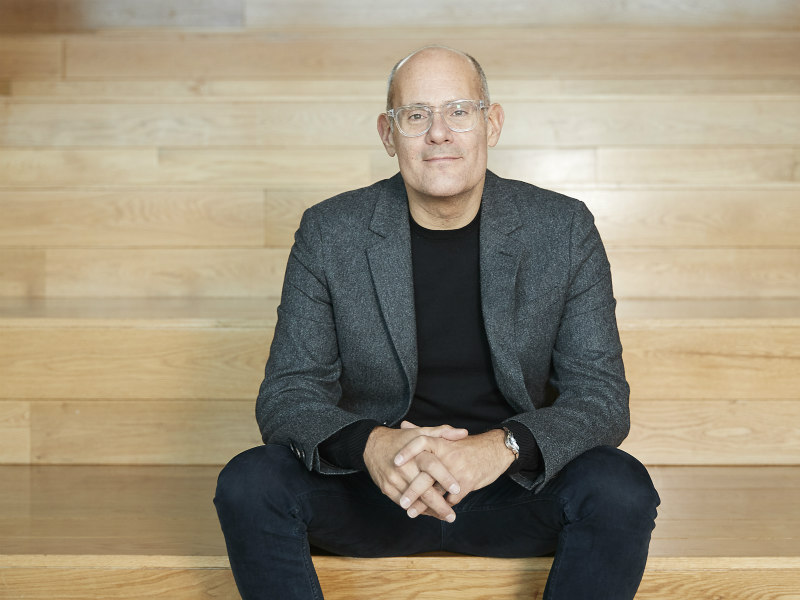Arun Sudhaman 09 Nov 2018 // 9:09AM GMT

The latest missive from the frontlines of agency transformation concerns Ogilvy's decision to offer voluntary redundancy to all of its UK staff. This may not exactly chime with the exciting future promised by Ogilvy's radical 'refounding', but it does reflect the fundamental challenge of turning a 20th century agency model into one that is better suited for today's marketing communications landscape.
That challenge, it seems clear, starts and ends with the people that Ogilvy employs. Or, in the case of the agency's UK operation, those that choose to remain employed. As my colleague Maja Pawinska Sims points out, the decision has been greeted with a variety of responses among Ogilvy's staffers:
Sources within Ogilvy varied in their reaction to the news, including describing it as both “unsettling” and “exciting”; querying management assertions that it was not a cost-cutting exercise; emphasising that the PR team was already lean; and speculating that the move was intended to “weed out those who are not on the journey” and was an “overdue move to strip out excess” in the firm’s Sea Containers building.
Rival agencies, sensing — no doubt — the kind of competitive opportunity that few can resist, have not been slow to castigate the move. One agency CEO described it to me as "a total abdication of management responsibility not to work out who is creating value and who isn’t."
But while voluntary redundancy is a relatively blunt tool, it can be surprisingly effective, hence its regular use on the client side of the fence. Agency consultant Richard Houghton notes that he can "see the logic" in the move, even if it "runs the risk of losing great consultants who, while being behind the firm’s new direction, are motivated to make a lifestyle change that a redundancy payment would allow."
"The firm has been through a period of change with a new structure and proposition, and the senior management want to make sure that the people who will be part of the team going forward are committed and bought in to the new direction," says Houghton. "Plus, it has the benefit of being quick."
Ogilvy CEO Michael Frohlich remains unable to comment on the programme, but appears reasonably sanguine about the implications of the initiative, even if it follows a string of significant leadership changes at the UK operation, which have included the exits of chief strategy officer Kevin Chesters, chief client officer Charlie Rudd, chief production officer Clare Donald and chief creative officers Mick Mahoney and Emma de la Fosse.
That kind of turnover, along with the voluntary redundancy effort (and, indeed, Frohlich's own ascension to the top job), suggests that Ogilvy UK's transformation agenda, whether willingly or not, may well be as 'radical' as the messaging would have you believe.
However, that level of change also points to the cultural pressure exerted by transformation. Disruption is often sold as something exciting, but the underbelly of uncertainty, alienation and job losses poses a significant change management challenge. Voluntary redundancy is one solution to this quandary, but only — presumably — if the benefits of a speedy clearing out of unmotivated employees outweighs the risks of losing some talented consultants in the bargain.
So far, none of these developments appear to have triggered any unrest among Ogilvy's major clients. Time will tell whether they ultimately deliver the kind of agency that Ogilvy is touting as a solution to a rapidly-transforming marketing landscape. At the very least, Frohlich seems willing to make some bold moves; he will be hoping, no doubt, that fortune favours the brave.


































.jpg)

















